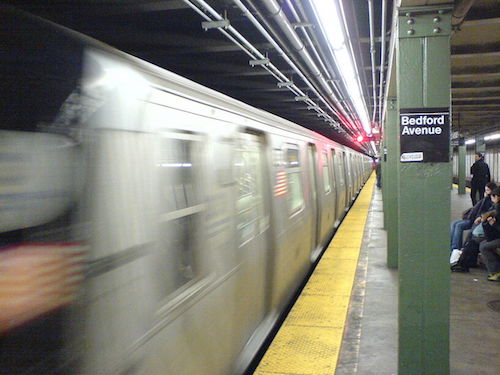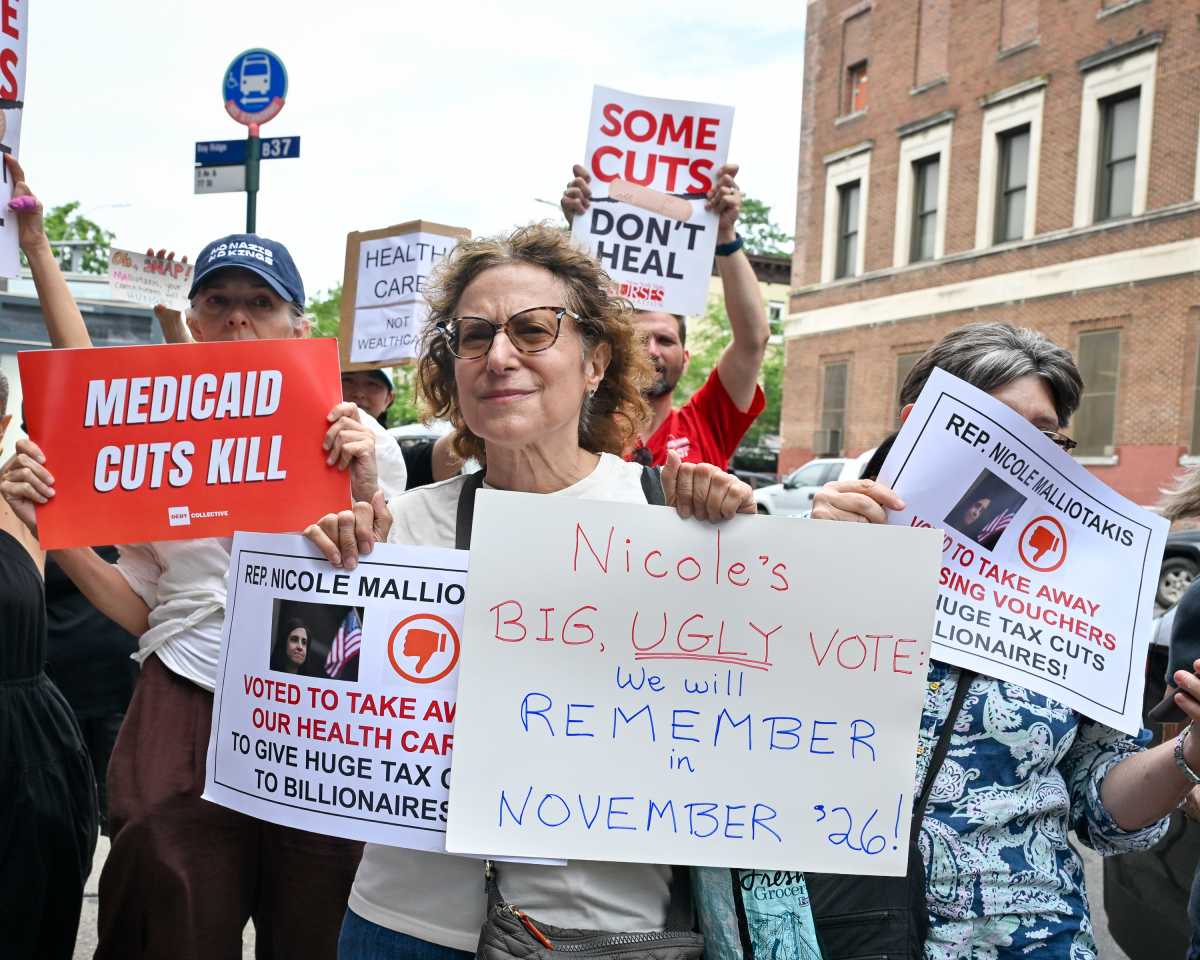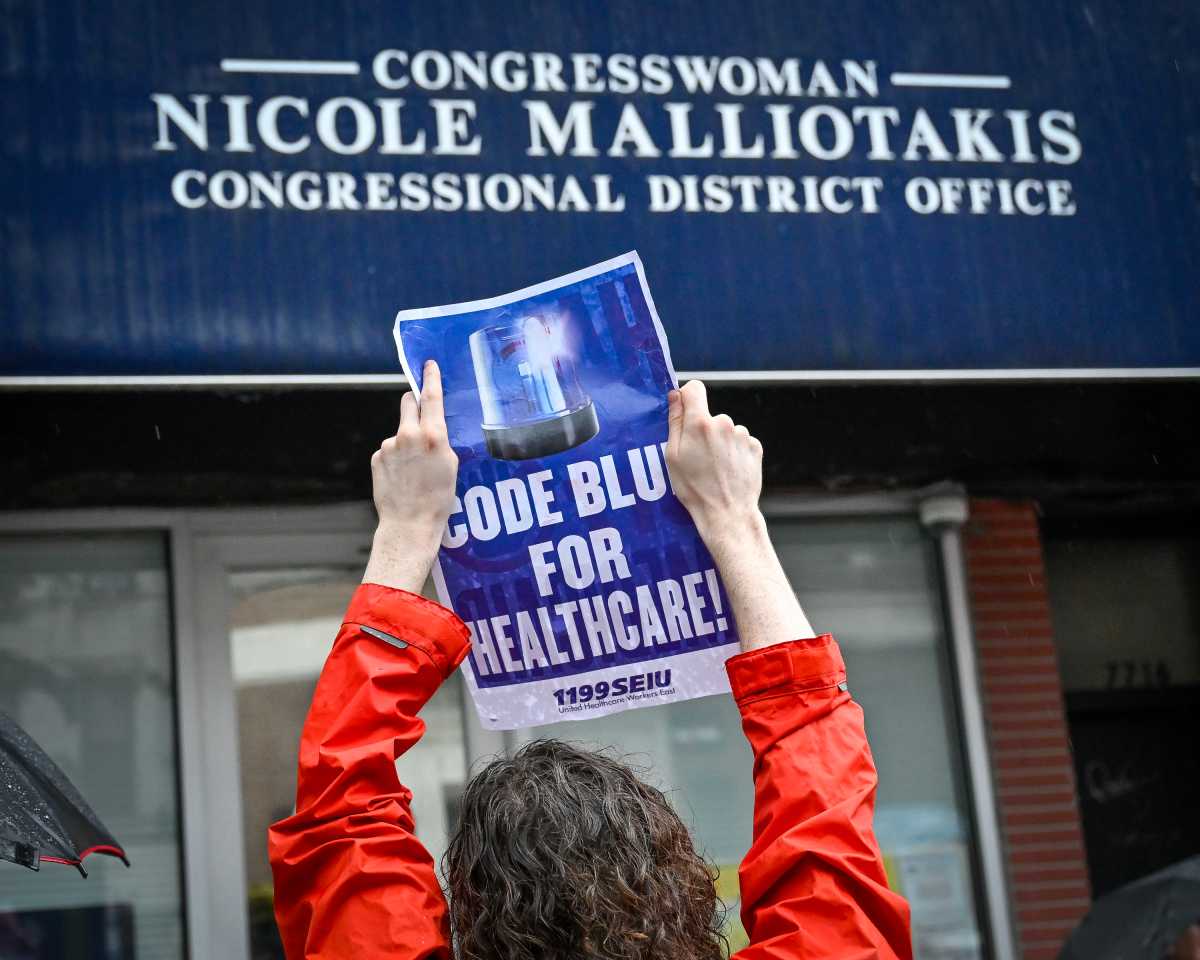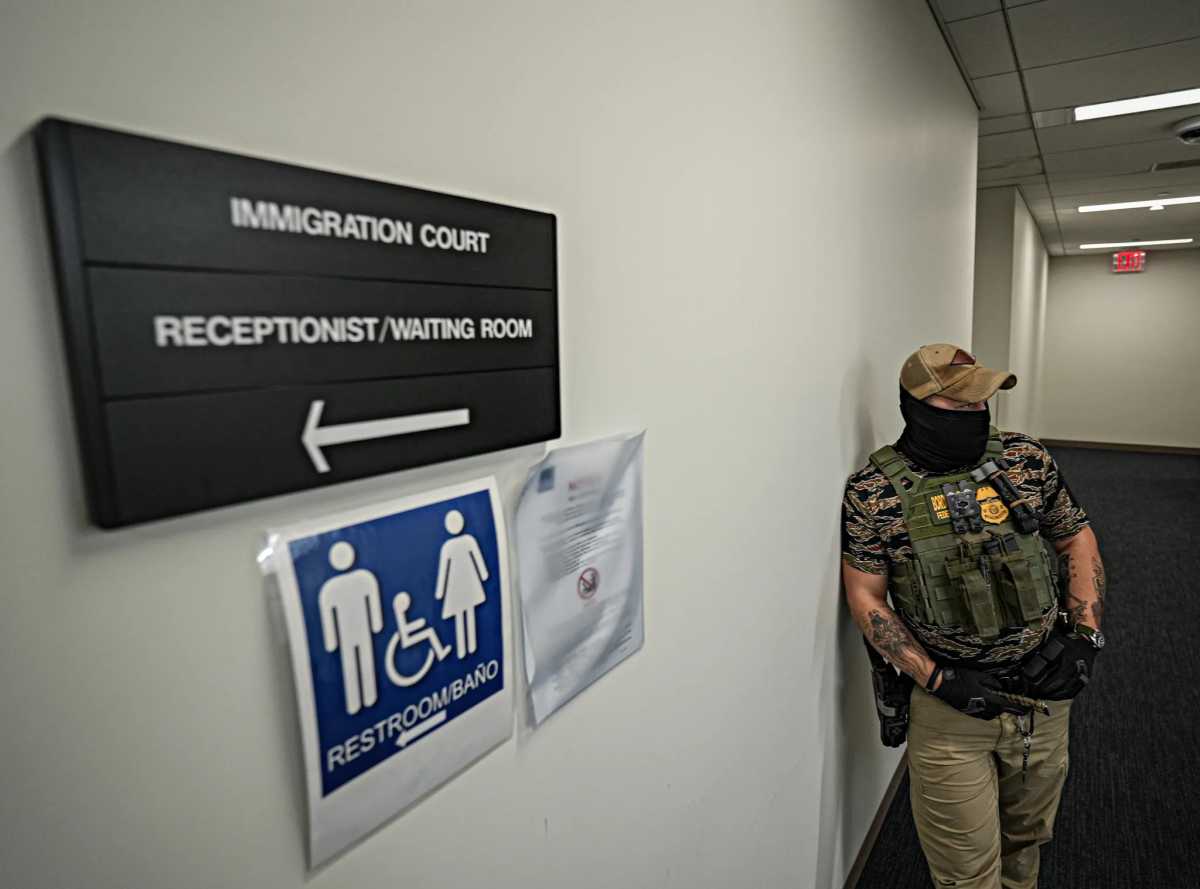Hundreds of riders demanded answers from the MTA and DOT regarding the L Train Shutdown, an impending closure only 17 months away at a rally earlier today.
City Councilman Stephen Levin (D-Brooklyn Heights, DUMBO, Williamsburg, Boerum Hill) alongside Councilman Antonio Reynoso (D-Williamsburg, Bushwick), Assemblyman Joseph Lentol (D-Williamsburg, Greenpoint) and State Senator-Elect Brian Kavanagh (D-Northern Brooklyn, Lower Manhattan) united forces in North Brooklyn this morning to demand a report from the Metropolitan Transportation Authority (MTA) and Department of Transportation (DOT) of the current plans for transportation remediation for the upcoming closure.
The group claims that the city agencies involved in the closure have been giving out little public information leading many local residents to fear for their businesses and commuting options. The group is urging the MTA and DOT to host serious discussions on the help for local businesses and information about any street use changes proposed by the DOT.

“You can’t have a good relationship without communication. If we are going to get through this together, we need to begin frequent and meaningful dialogue. This can only work if the MTA and DOT collaborate and form a solid partnership with each other and with the community. The riders and local businesses have made their concerns clear. In the absence of a plan, everyone is rightfully worried about how they’re going to get through this. We’re ready and we’re listening,” said Levin.
Additionally, the group wants a commitment by the agencies and their contractors to meet with a community advisory board on a monthly basis starting in January 2018 in order to provide accurate and efficient information to local residents and community members on the plan.

“The L train shutdown is going to have major implications for the daily lives of hundreds of thousands of New Yorkers. The community is asking for transparent communication from the MTA about their mitigation plans, and they need to provide it. This issue is too important to keep residents in the dark,” said Reynoso.
Earlier this year, the MTA announced plans to shut down the popular subway route in April 2019 between Manhattan and Brooklyn in order to make Hurricane Sandy related repairs. The shutdown is expected to affect the daily commutes of over 200,000 riders.
However, the MTA and DOT were unable to make a public commitment to the group’s demands today instead claiming that they are working on a mitigation plan and hope to work alongside commuters on addressing transportation concerns.
“The L train closure will bring substantial commuting and travel disruption on the order of the 2005 transit strike or the weeks following Sandy. MTA and DOT are working diligently on a daily basis to address the impact and this year-long collaboration is reinforced by the tremendous resources going into mitigation plans. We are still in 2017 and with a year and a half before the closure takes effect, commuters want to take comfort that we are putting in the time to have the best plan possible. We continue to hear concerns and are working aggressively toward that goal. Our agencies will be ready and a plan is forthcoming,” said DOT spokesperson Brian Zumhagen.
MTA Spokesperson, Shams Tarek, echoed these sentiments, stating that communication about the closure has been of the utmost important dating back as far as May 2016 with community briefings.
“We’re working collaboratively with New York City DOT and developing a comprehensive plan to mitigate the issues caused by the badly needed L train tunnel repairs in 2019. During the entire process we’ve made community engagement an essential priority – with 39 community briefings since May 2016 – and that extensive outreach will absolutely continue as we move forward,” said Tarek.

In June, the MTA and DOT began presenting proposals for transportation alternatives including shuttle service over the Williamsburg Bridge, increased service on the J, G and M Lines and regular or Select Bus Service across town in Manhattan as well as additional ferry service but have yet to release a detailed plan. The MTA has been floating a few bus service options for displaced L train riders to communities along the L train shutdown corridor; however none have been solidified.
“The community, both residents and business owners, need specific details from the MTA and DOT as to what their mass transit options will be when the L train shutdown begins in April, 2019. We started out with a good deal of transparency and communication at the beginning of the process, but now as crunch-time approaches we’re seeing less of that when we should be seeing more,” said Lentol.










